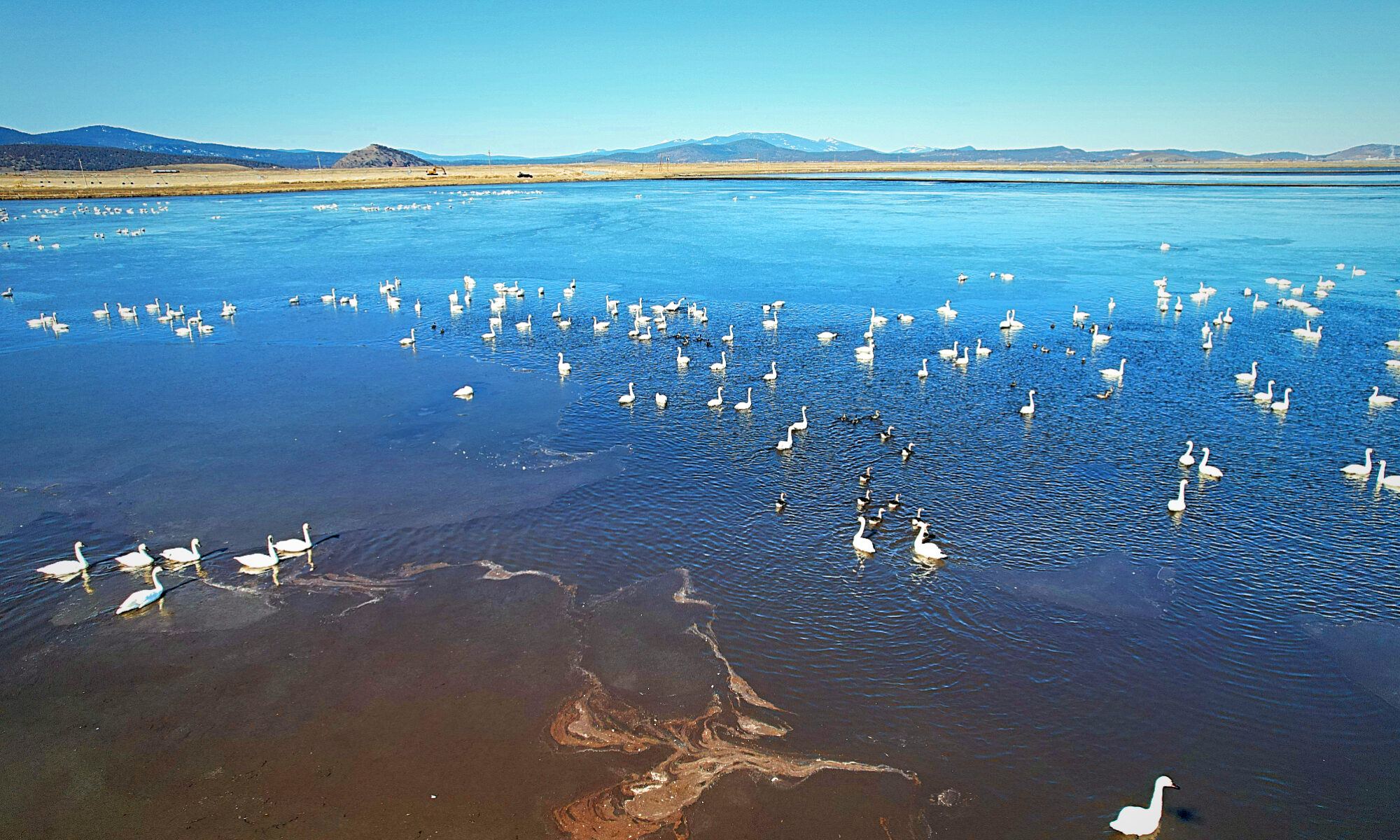About the Klamath Drainage District
Established in 1915, the Klamath Drainage District plays an integral role to the Klamath Irrigation Project as well as our the communities and the surrounding wildlife.
The area that makes up the Klamath Drainage Project was a natural low spot in the Klamath Basin where after water from area watersheds and Lost River filled and crawled through the landscape settled into Lower Klamath Lake. Marshy with low water levels, this area wouldn’t become the district it is today without acts of Congress, railroads, and enterprising landowners.
When the Klamath Irrigation Project (sometimes referred to as the “Klamath Project” or simply “the Project”) was established in 1905, lands from both Oregon and California were included in order for the Reclamation Project to become feasible. Both states ceded state-owned property within the boundaries of the newly formed project to the United States. In doing so, this also created the first two original irrigation districts of the Klamath Project – Oregon’s Klamath Irrigation District (KID) and California’s Tulelake Irrigation District (TID).
The Klamath Drainage District as we know it today wouldn’t start to form until 1907 when the California Northeastern Railway Company with the Southern Pacific Railway put built a dyke and railway across the northwestern marshes of Lower Klamath Lake. This embankment would have cut-off Lower Klamath Lake from the Klamath River. Instead, under the 1902 Reclamation Act, the Federal government and the two railroad companies constructed it as a levee to control the flow between Lower Klamath Lake and the Klamath River.
In 1911, Congress would pass the Warren Act, which allowed lands not under the original 1902 Reclamation Act to enter into contracts with the Secretary of the Bureau of the Interior. On March 6, 1915, the Klamath Drainage District was established and on November 30th, 1917, signed it’s first contract with the Bureau of Reclamation.
Klamath Drainage District Today
The settlers from the early 1900’s who helped build the infrastructure, survived peat fires, economic depressions and more, might not recognize the Klamath Drainage District as it sits today. While crops still thrive in the rich lake-bed soils, the landscape around KDD has changed.
The modern visitor is more likely to recognize the area that makes up KDD by the roads and highways it rests between. Today it would be described as the lands that lie north of Stateline Road, bordering the Lower Klamath Lake Wildlife Refuge; run east to Highway 97; from Highway 97 running north to just shy of Midland; then following the Klamath Hills back down to Stateline, creating a triangle of approximately 27,000 acres.
In this triangle the soil is a combination or rich, earthy peat and lakebed enriched further by the volcanic action of ions past. Ranchers and dairies run cows on lush green pastures, while a variety of crops ranging from organic brewers barley and potatoes to dairy-quality alfalfa and grass hay are grown.
Not only do the lands of KDD support the people who work them, wildlife benefits from the agricultural production as well. Raptors such bald eagles and red tail hawks hunt the fields and pastures. Coyotes slink along the ditches and drains looking for a quick meal while muskrats, otters, geese and ducks make the waterways their domain. Deer, antelope and the occasional elk graze beside the sheep and cows on the lush grasses. There’s even been sightings of bears, cougars and bobcats to round out the predators in the Klamath Drainage District.
Changing Times for the Klamath Drainage District
As agriculturalists and consumers alike have become more sustainability-minded, so has KDD. KDD’s Board of Directors and its patrons have made pushes to streamline water deliveries and find ways to make every drop go further. Organic crops have been planted by some farmers, while other landowners have taken up conservation efforts to ensure not only their grandchildren can work those ranches and farms, but the wildlife that makes their homes in these lands will continue to prosper.
With the recent droughts, the push for conservation has become even more dominant on the patrons of KDD minds. When Tule Lake and Lower Klamath Lake went without water, the only bright spot in this part of the Pacific Flyway were the fields in KDD. This new reality has pushed KDD landowners to not only find more ways to benefit wildlife, but to also show the important link between agriculture and providing food as well as cover on these reclaimed lands.
For these reasons, when Klamath Drainage District family farmers and ranchers do well, so do the wildlife that share KDD and surrounding communities.

